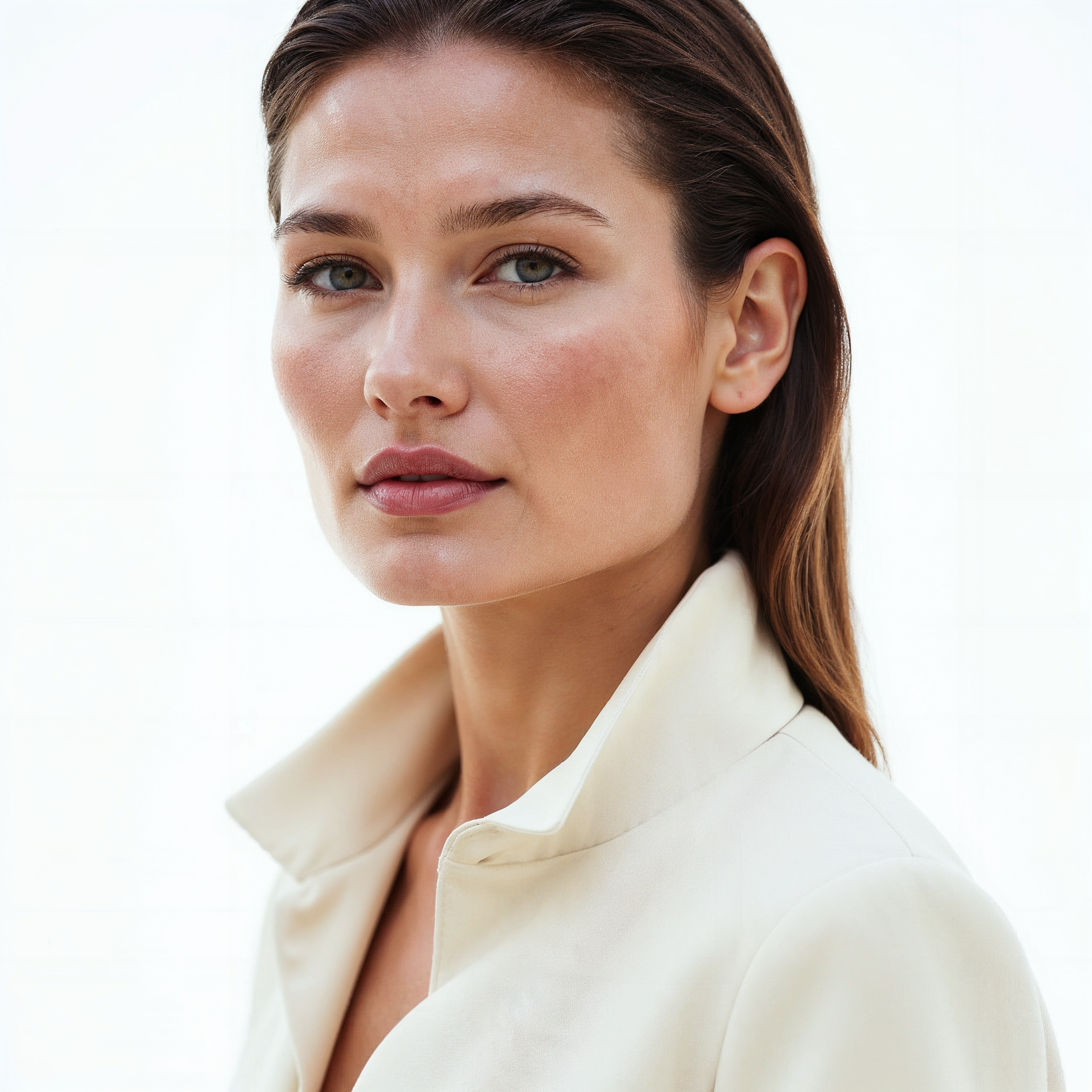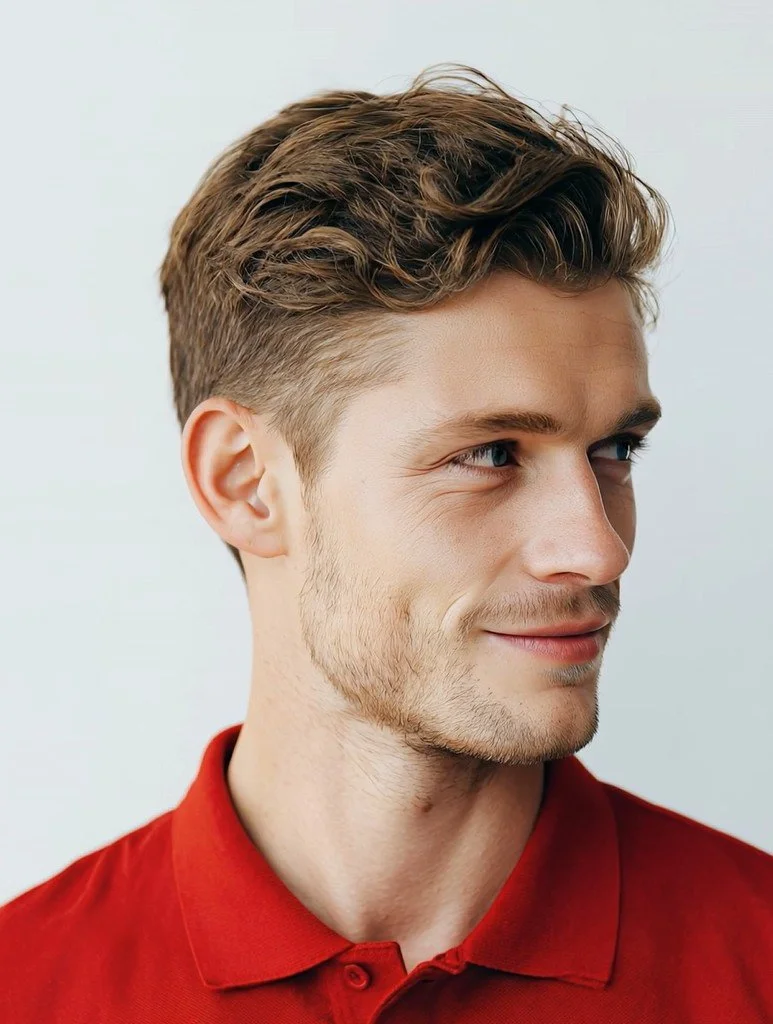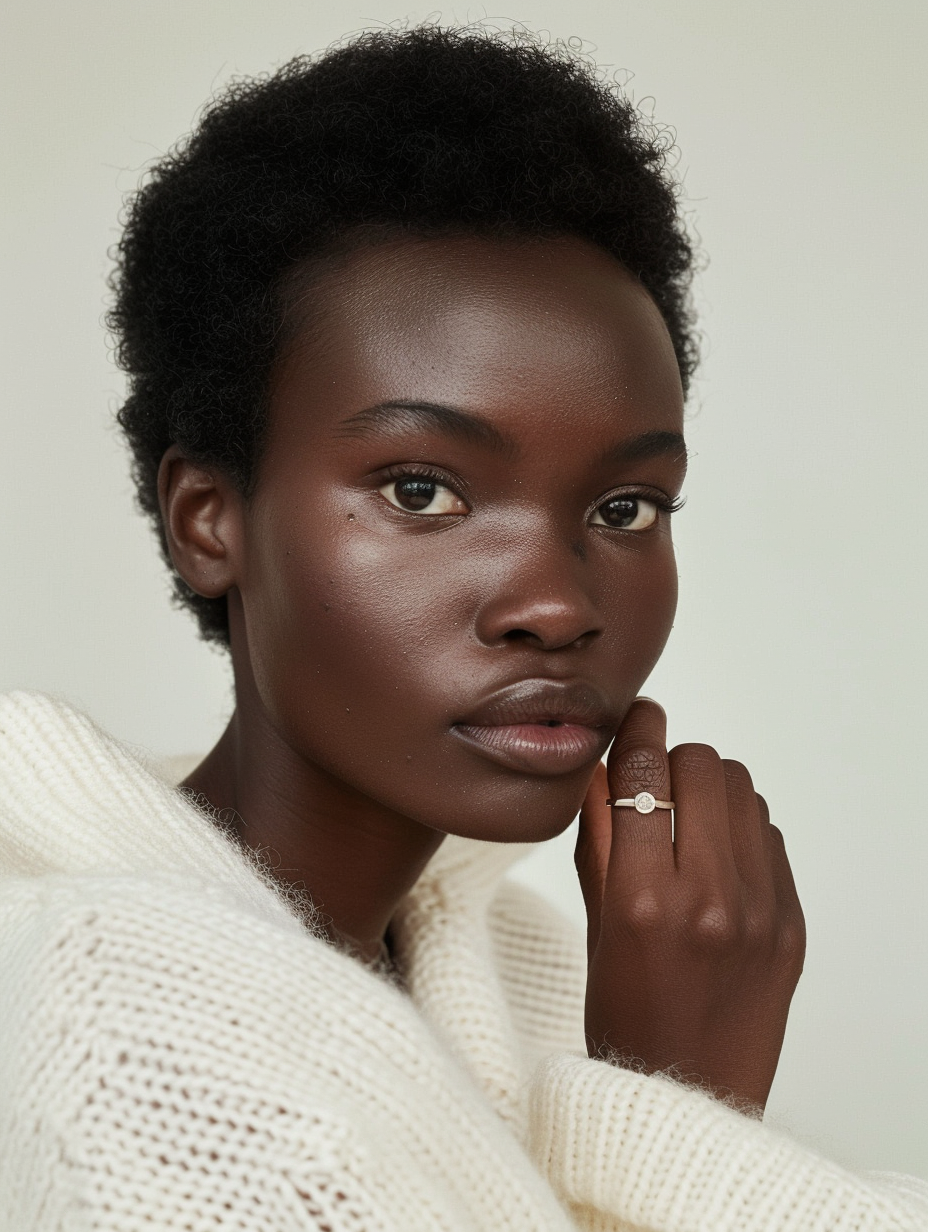F.A.Q
-
Artcare specializes in the creation of hyper-realistic AI-powered virtual mannequins for the fashion and jewelry industries. We offer a complete service that includes design, styling, dressing and delivery of digital assets. Its services go beyond the simple creation of mannequins and include integration into e-commerce platforms and the creation of branded content. Artcare relies on AI to solve problems such as model availability, image rights and production costs, and uses blockchain technology for intellectual property protection.
-
AI mannequins reduce production costs (by an average of 10-20%), avoid constraints on model availability and image rights, and accelerate time-to-market. They are available 24/7, can be customized to your needs (poses, looks, backgrounds) and guarantee visual consistency across all your campaigns.
-
On average, initial development takes 8 to 10 weeks to define the brand's DNA, design the mannequin and train the AI models. Once created, the mannequin can then be quickly adapted for new products or campaigns.
-
Yes, AI mannequins are designed to be used on your e-commerce site (product sheets, wearable visuals) as well as for your communication campaigns and social networks. We also work on integrating emotions and gestures adapted to social formats.
-
Yes, we develop inclusive mannequins adapted to different ages, sizes and cultural diversities. It's a key part of our approach to meeting the challenges of inclusivity in fashion and luxury.
-
Each AI mannequin is unique and exclusive to your brand. We guarantee the intellectual property of your mannequins via a protection system (notably blockchain). No other customer can use your mannequin.
-
The process is divided into 4 stages:
Defining the model's identity and DNA
Styling and creating looks
Dressing with your products (packshots/3D)
Delivery of ready-to-use graphics
-
The emerging role of "AI designer" bridges the gap between creative vision and technical execution. It combines skills in creative areas such as motion design and animation with a technical understanding of AI and digital tools. This role is essential to ensure that AI models are both aesthetically pleasing and technically sound, and to drive innovation in the way AI is used in creative processes, for example by guaranteeing the technical quality of a project.







